The image that people have of Mount Everest in their minds is likely one of beauty and natural splendor. However, in recent years, it has become known for something else, as a storage area for garbage.
The once beautiful mountain has become a landfill for discarded bottles, tents, and human waste left behind by travelers and climbers.
New Removal Mandate
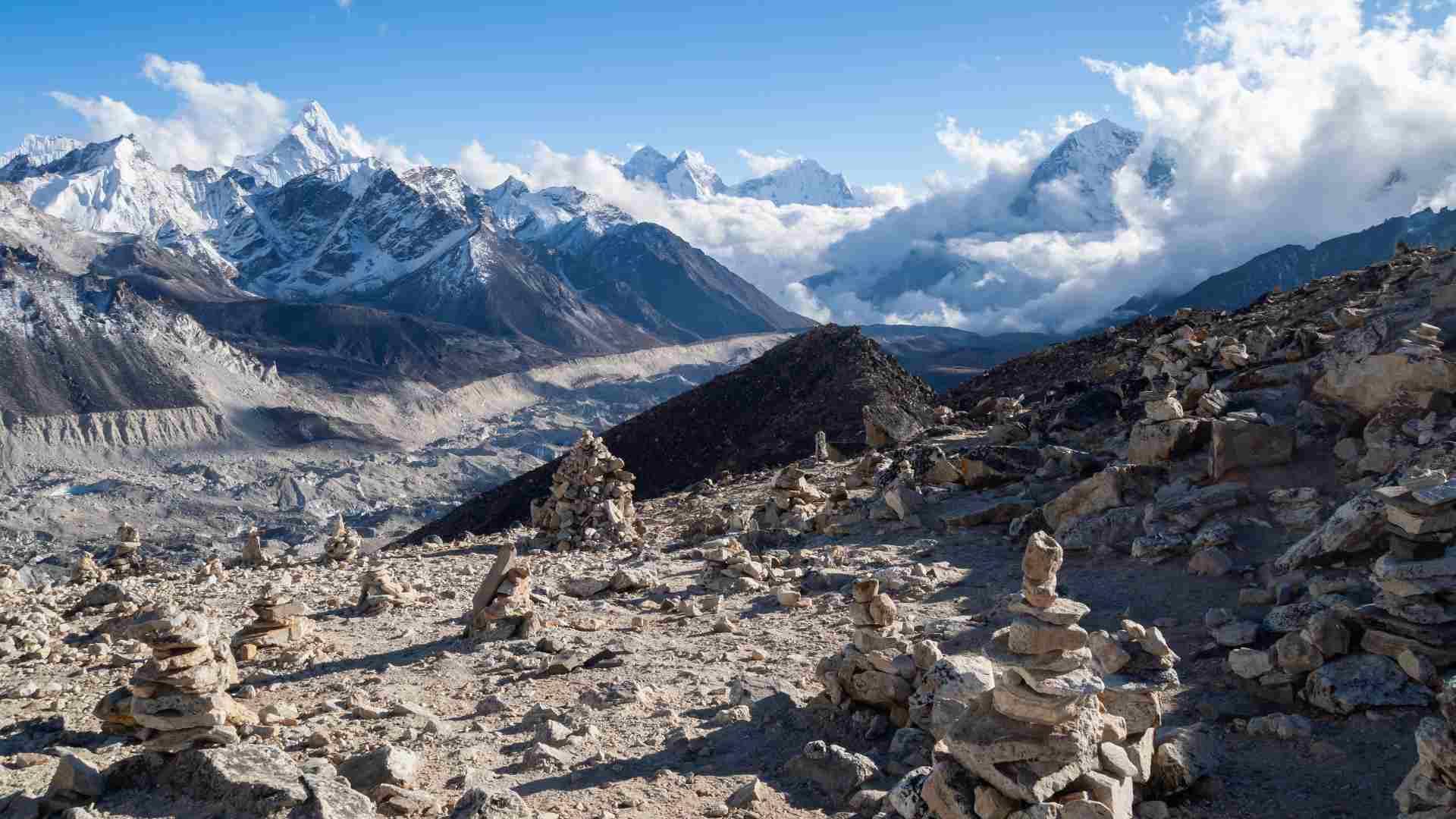
Many of Mount Everest’s base camps are accessible throughout the country of Nepal. The local government of Pasangihamu has set a new mandate to fight against the influx of trash and hazardous materials left behind by travelers.
This mandate will require climbers who go to Mount Everest to purchase bags to carry their own waste with them. Government officials will check these bags when climbers return to ensure they didn’t dump them on the mountain.
Cleanup Efforts Have Failed So Far
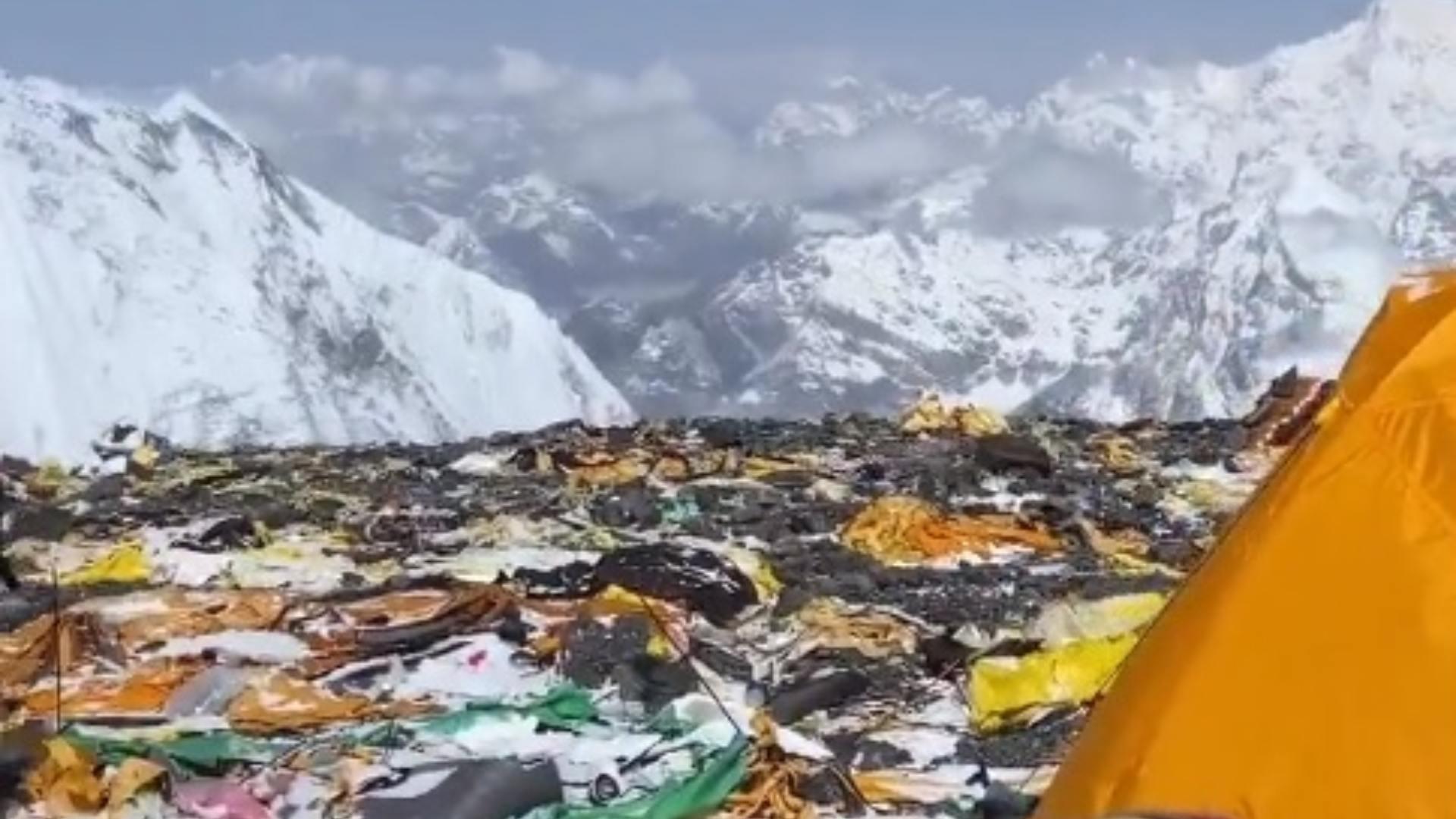
The government of Nepal has tried in the past to stem the tide of trash from climbers ending up on the mountain but with limited effect.
In 2019, a cleanup effort instituted by the Nepalese government managed to remove nearly 24,000 pounds from base camps around the mountain. (via CBS News) However, the trash and waste on the mountain were quick to return as climbers would continue to visit and leave behind more.
Why Are Everest Camps so Messy?
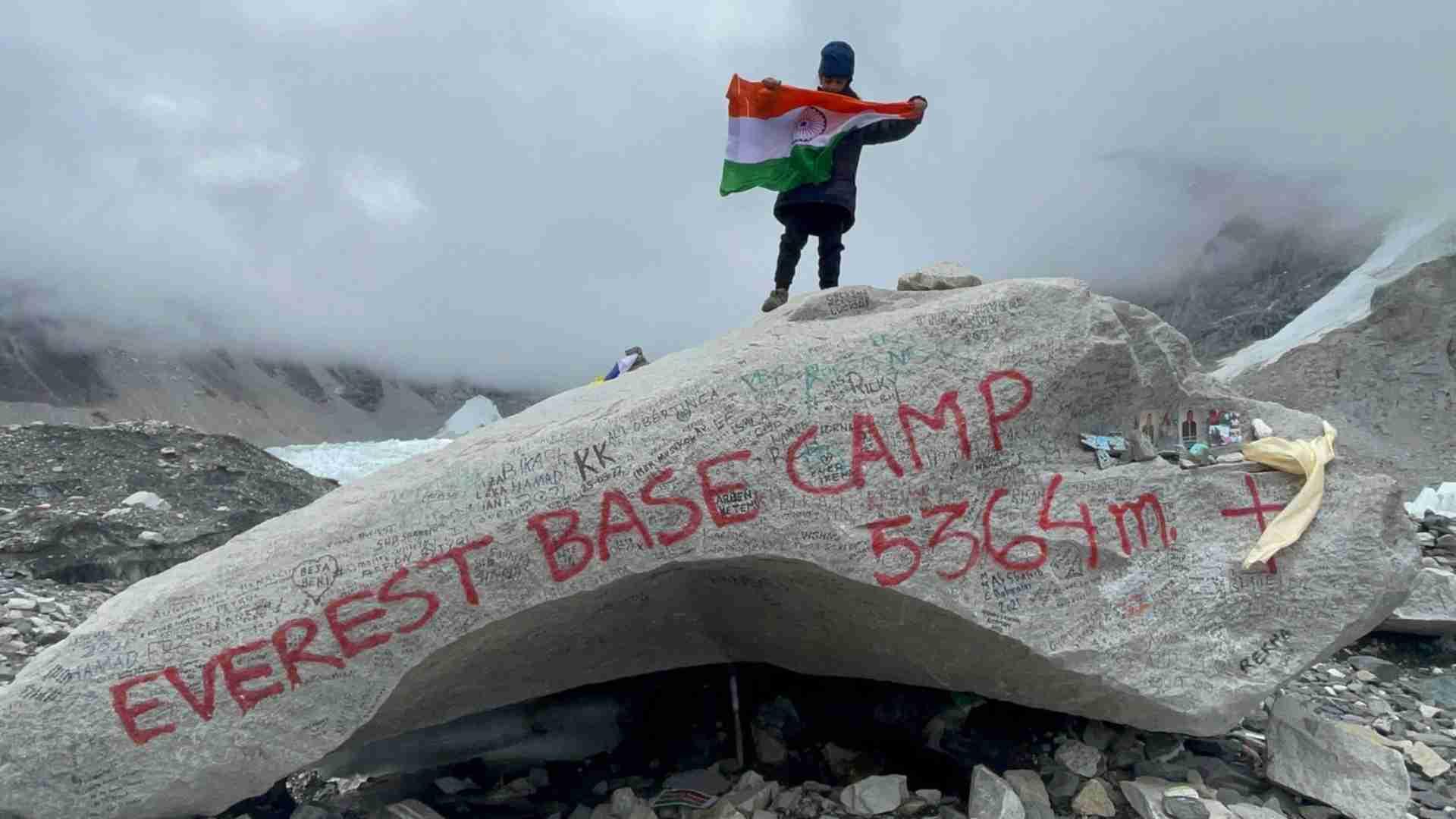
While it’s true that many climbers are extremely careless with their waste, it’s also true that the conditions of the mountain make it hard to clean this waste up. Climbers must ascend to a series of different camps as they adjust to altitude levels on the mountain.
According to the National Geographic Society, each climber generates 18 pounds of trash on average, and there are no easy disposal methods while on the mountain.
More Climbers Are Traveling to Mount Everest
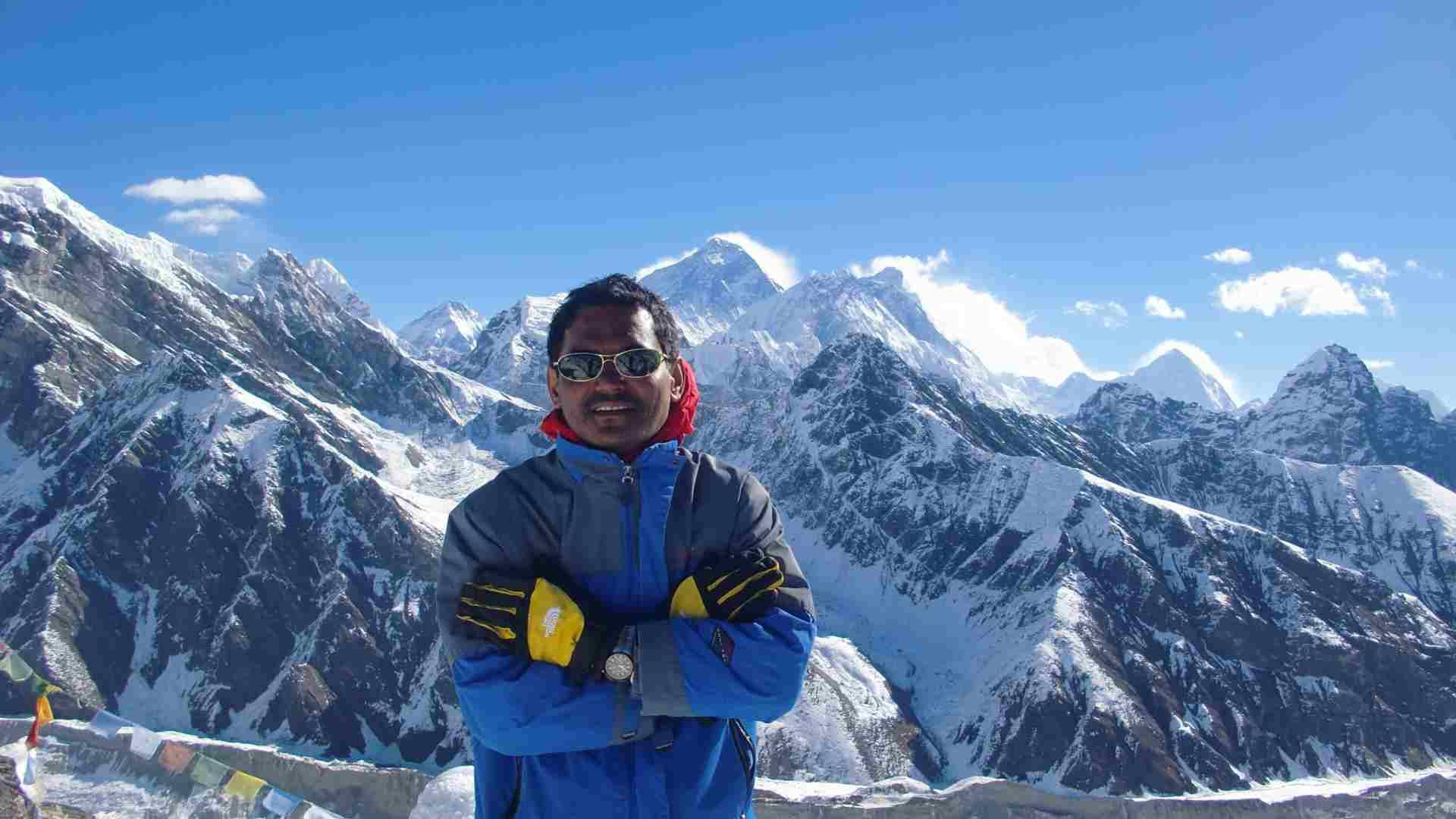
Data from the Himalayan Database shows that the number of climbers coming to Mount Everest and climbing above Base Camp has nearly doubled since the year 2000.
As greater numbers of climbers continue to get higher on the mountain than ever before, cleaning up trash and waste they leave behind becomes even more difficult. The dangerous environment also makes trash removal more difficult as it starts to pile up.
Mount Everest’s Icy Conditions
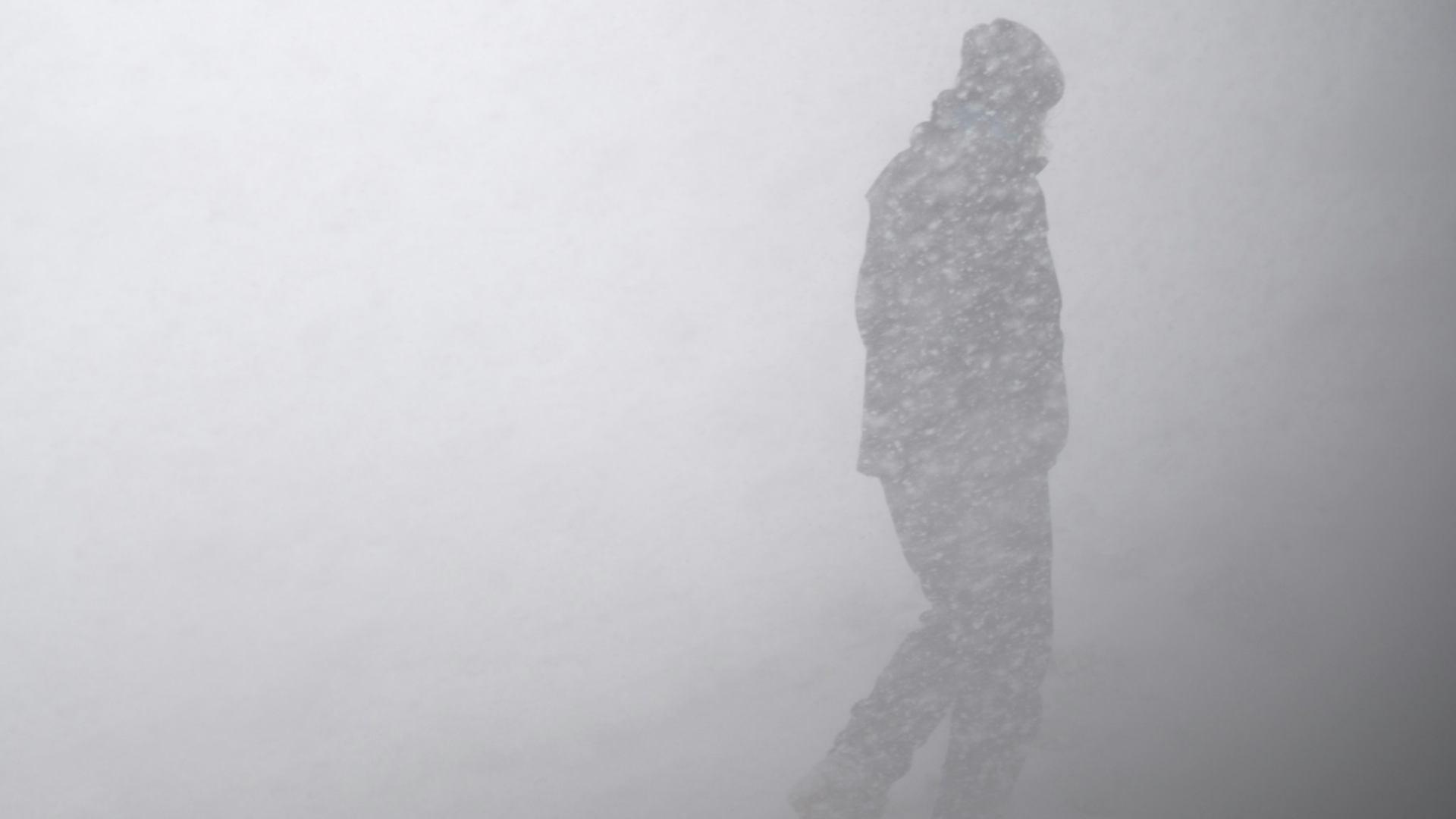
The weather conditions on the mountain are something that locals and climbers constantly have to worry about. Because of the mountain’s altitude, the weather can change quickly and without warning. Climbers have to endure high winds, blizzards, and must always be alert for the potential of avalanches.
People on the mountain must be careful to cover up properly or else they risk frostbite or hypothermia.
Trash Stuck on the Mountain
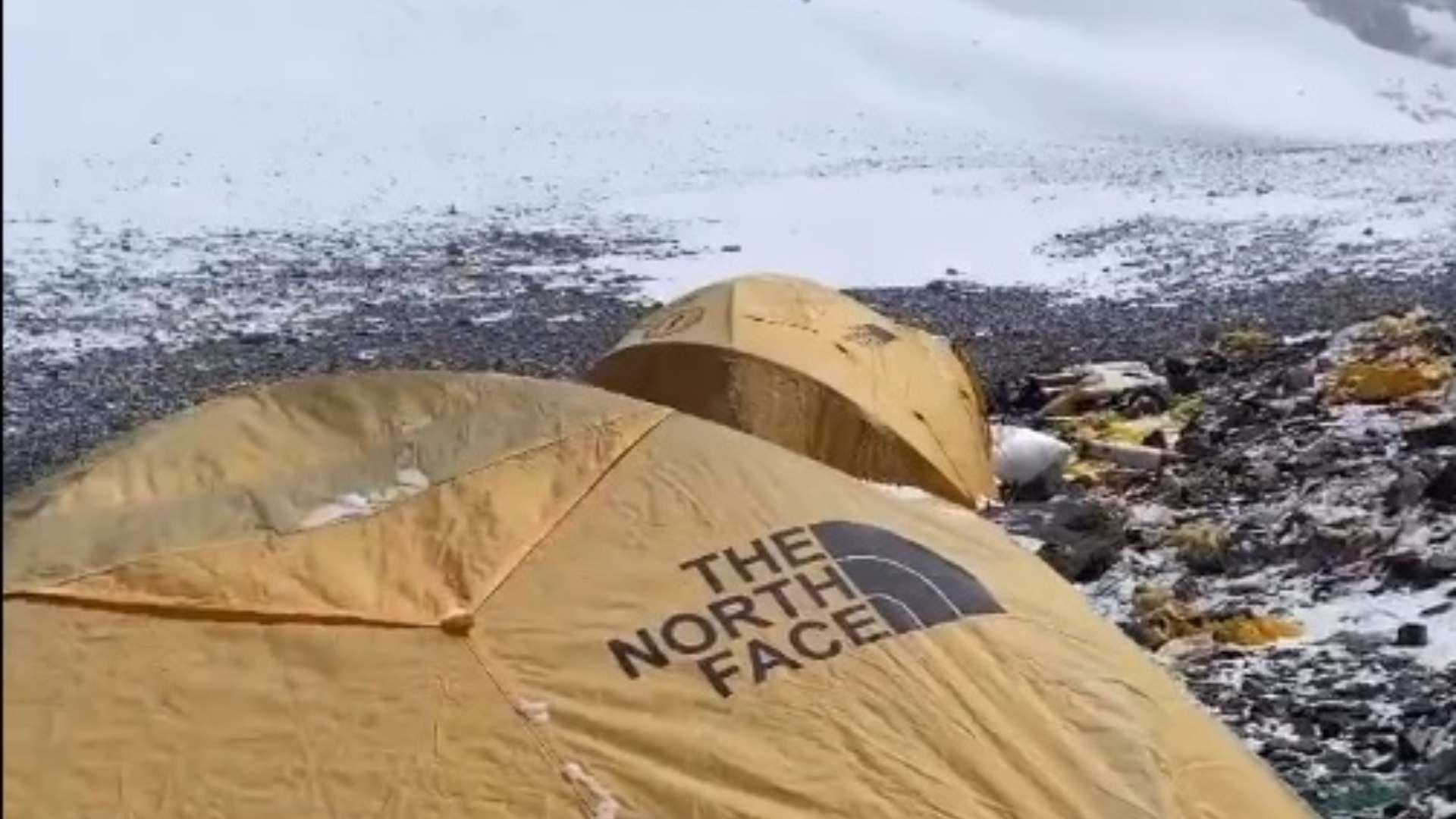
Climbers ascending Everest require specialized equipment like oxygen tanks and essential survival supplies like food and tents to protect themselves against the harsh conditions. Because climbers are focused on survival, they are not willing to take risks to properly carry their trash with them through the entirety of their journey.
This leaves trash cleanup to people like volunteers, the Nepalese government, and the Nepali army.
Human Waste on Everest
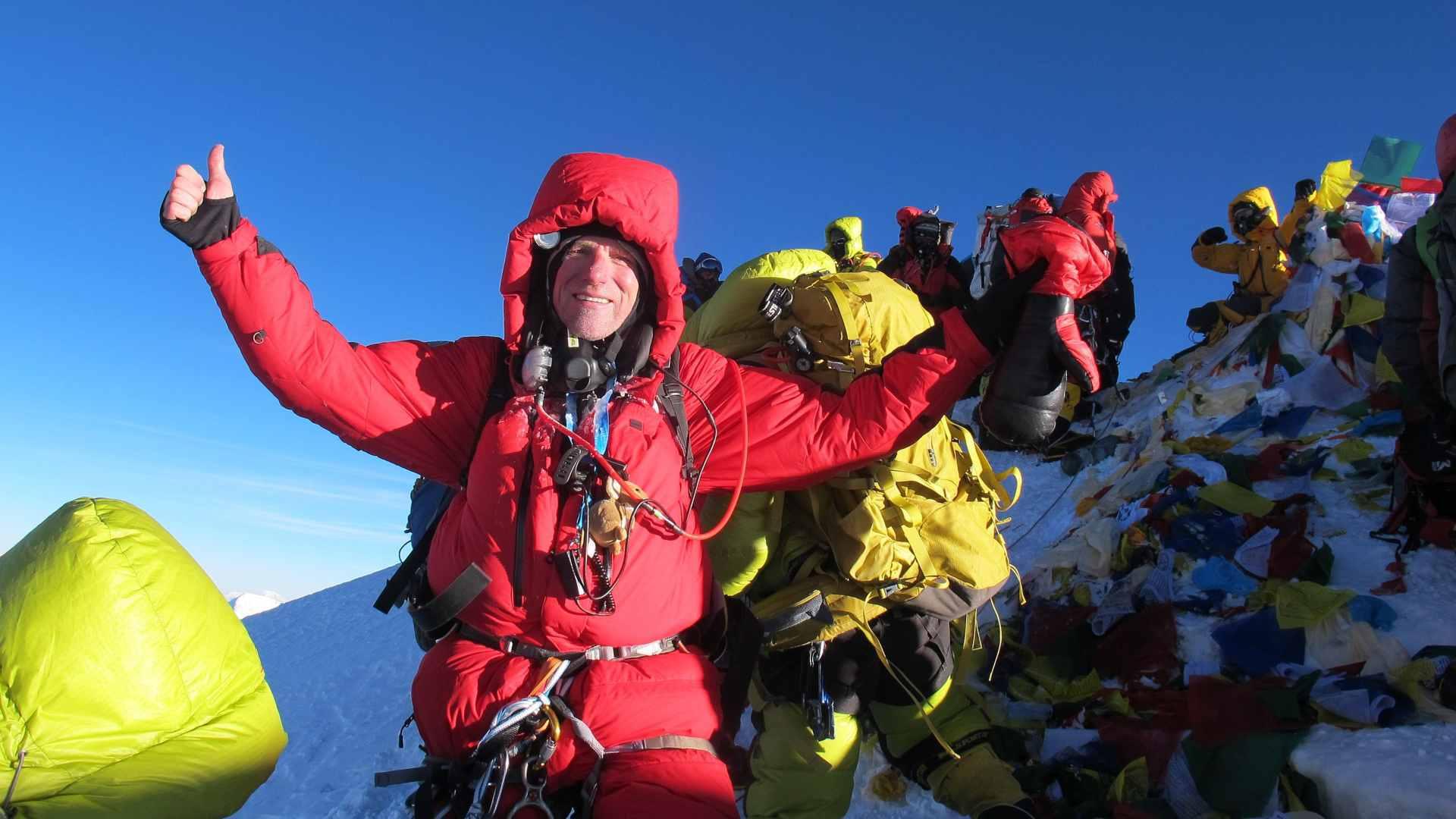
One of the more hazardous types of trash left on Mount Everest is human waste. There are not exactly any toilets installed on the mountain and a climb can be upwards of seven weeks or more. Climbers will relieve themselves on the mountain which gets trapped in the frozen conditions on the mountain.
The BBC reported that official figures are unclear, but it is estimated there are at least three tons of human excrement that have been deposited between the bottom of Mount Everest and the camp nearest the top.
Waste Is a Serious Issue
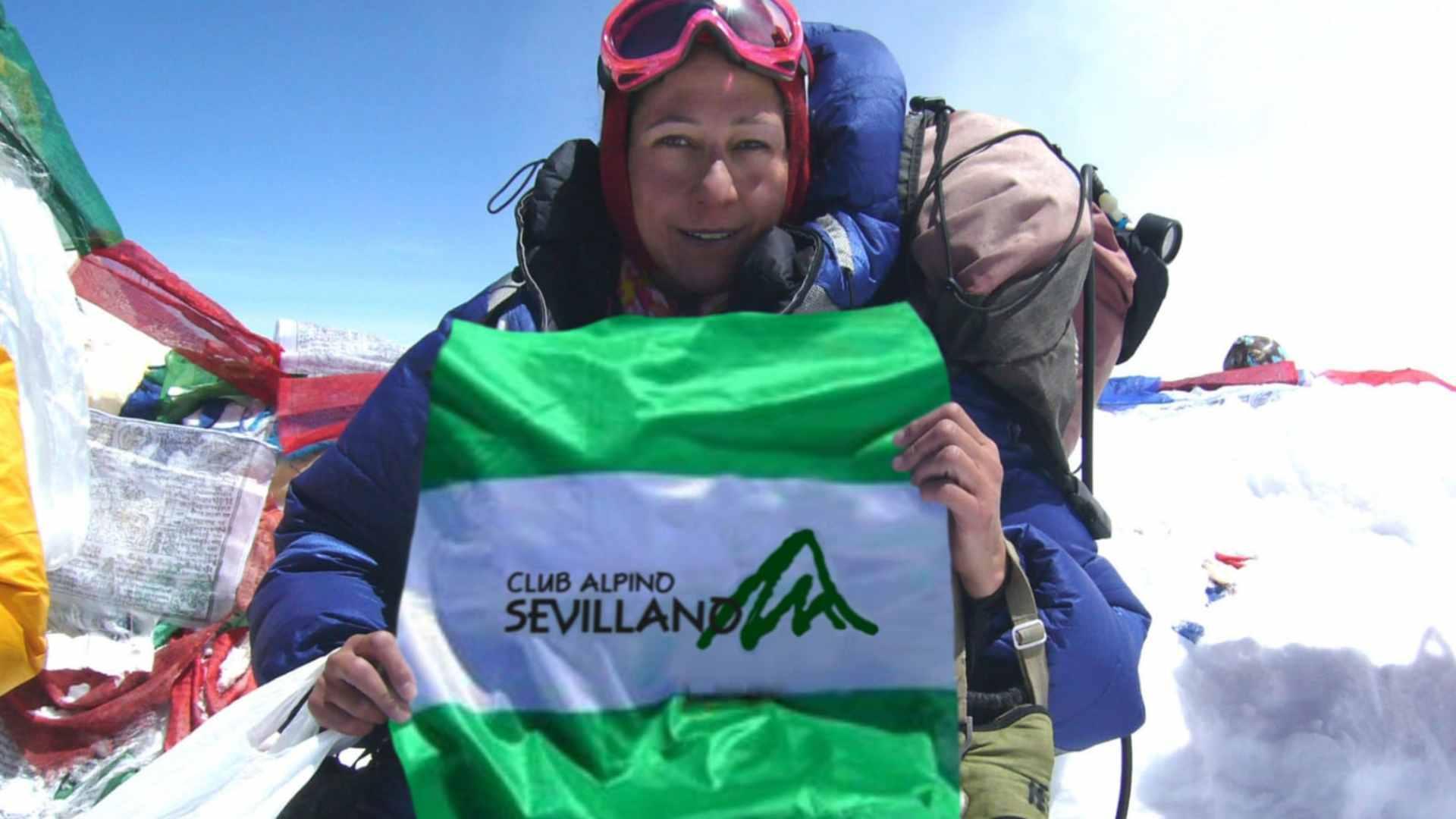
Chhiring Sherpa, the Chief Executive Officer of the Sagarmatha Pollution Control Committee (SPCC), outlined how difficult the waste is to remove once it is on the mountain.
“Waste remains a major issue, especially in higher-up camps where you can’t reach,” he said. “Half of that is believed to be in South Col, also known as camp four.” (via BBC).
Frozen Bodies
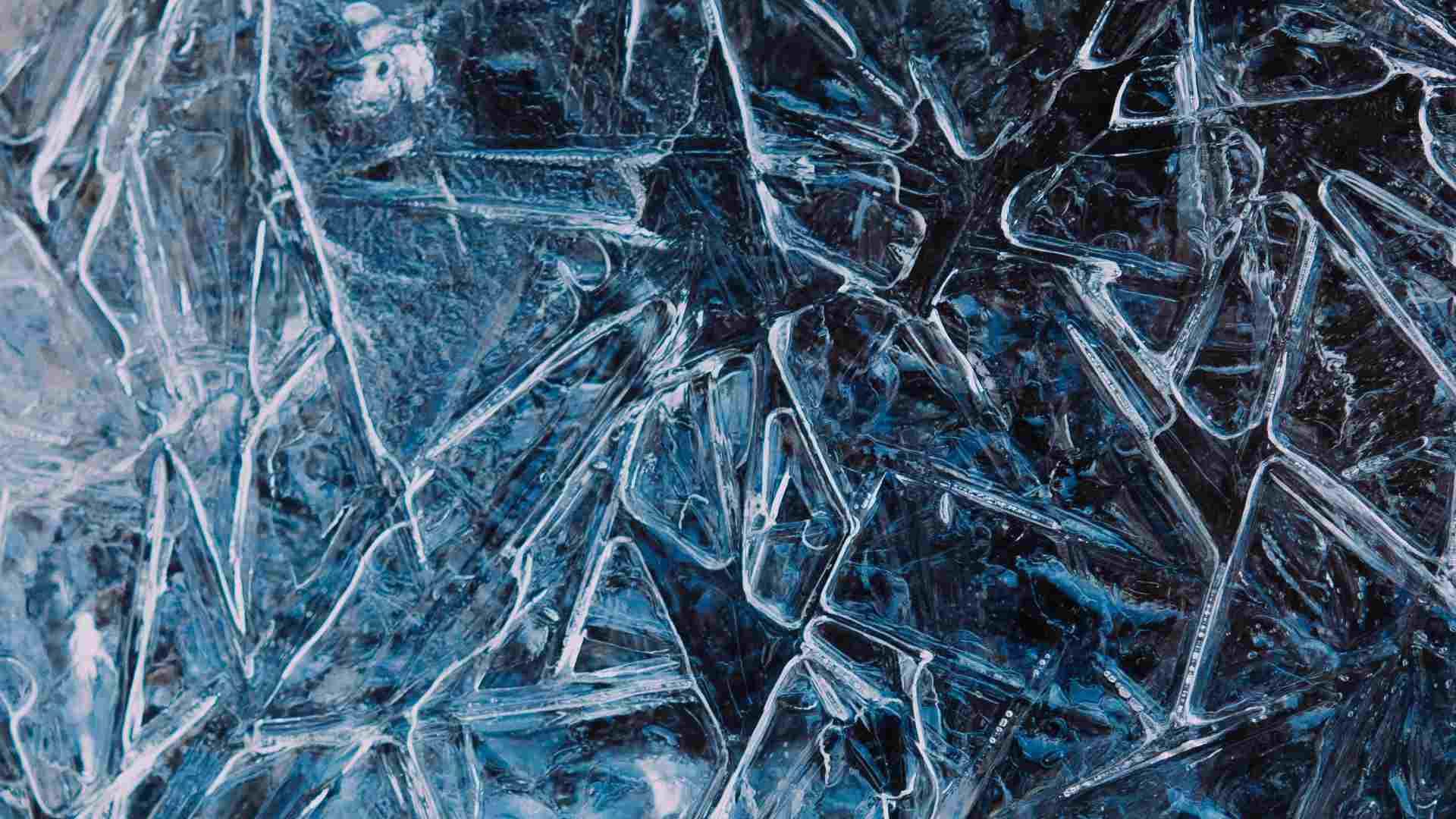
Because of the dangerous conditions on the mountain, there have been several fatalities over the years. And because recovery efforts are so difficult on Mount Everest, some of the deceased climbers are left permanently on the mountain.
According to Travel Noire, the bodies of over 200 people are currently housed on the mountain.
History of Everest Climbs
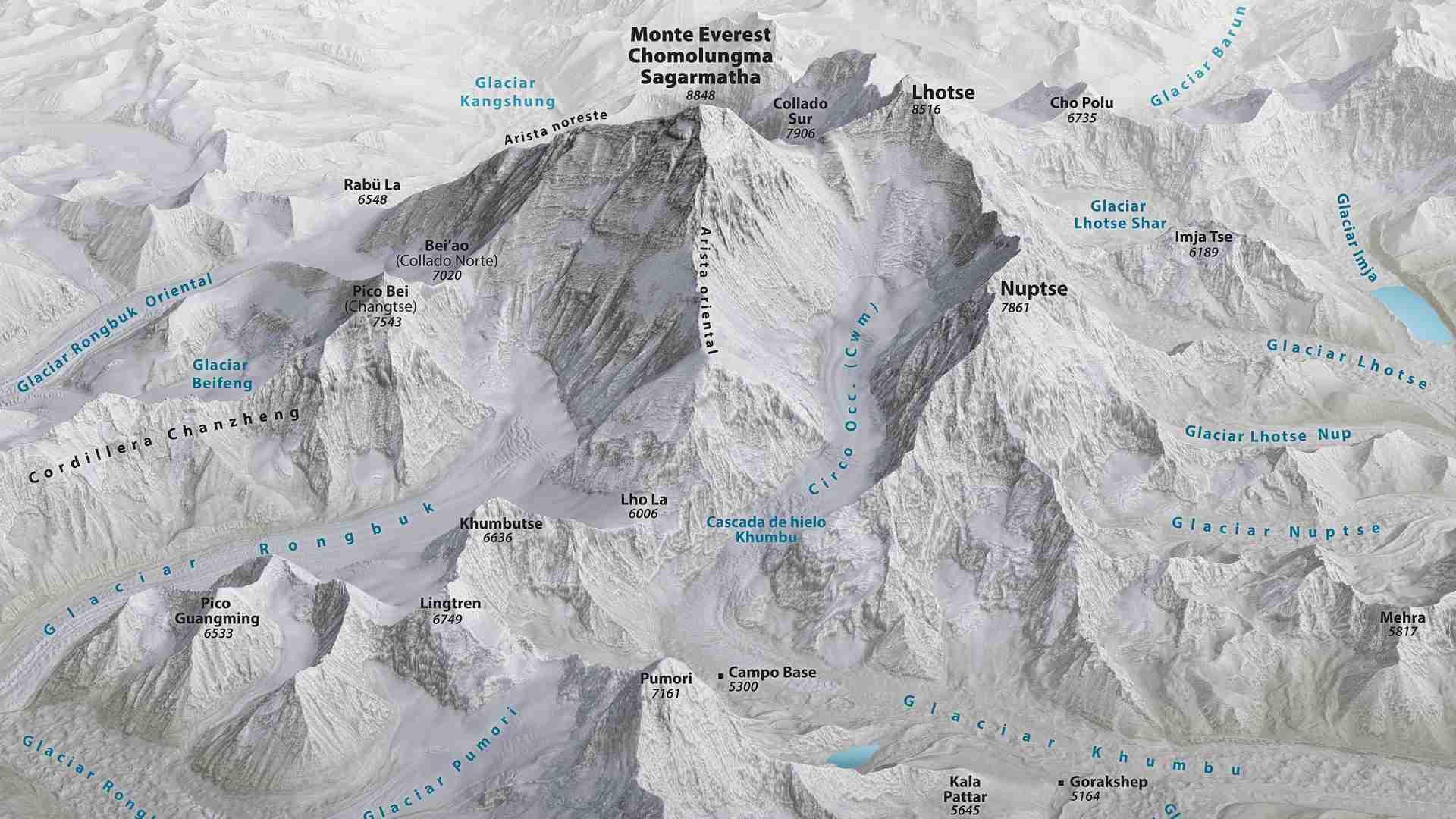
In 1953, the first known people were reported to have reached the summit of Mount Everest, also known as the world’s tallest mountain. At 11:30 in the morning, Ed Hillary and Sherpa Tenzing Norgay were the first to stand at the summit after a long expedition that help the help of 320 porters that supported a total of ten climbers.
This successful climb proved to the world that it was possible, and inspired others to follow in their footsteps.
What Needs to Be Done to Address the Problem?
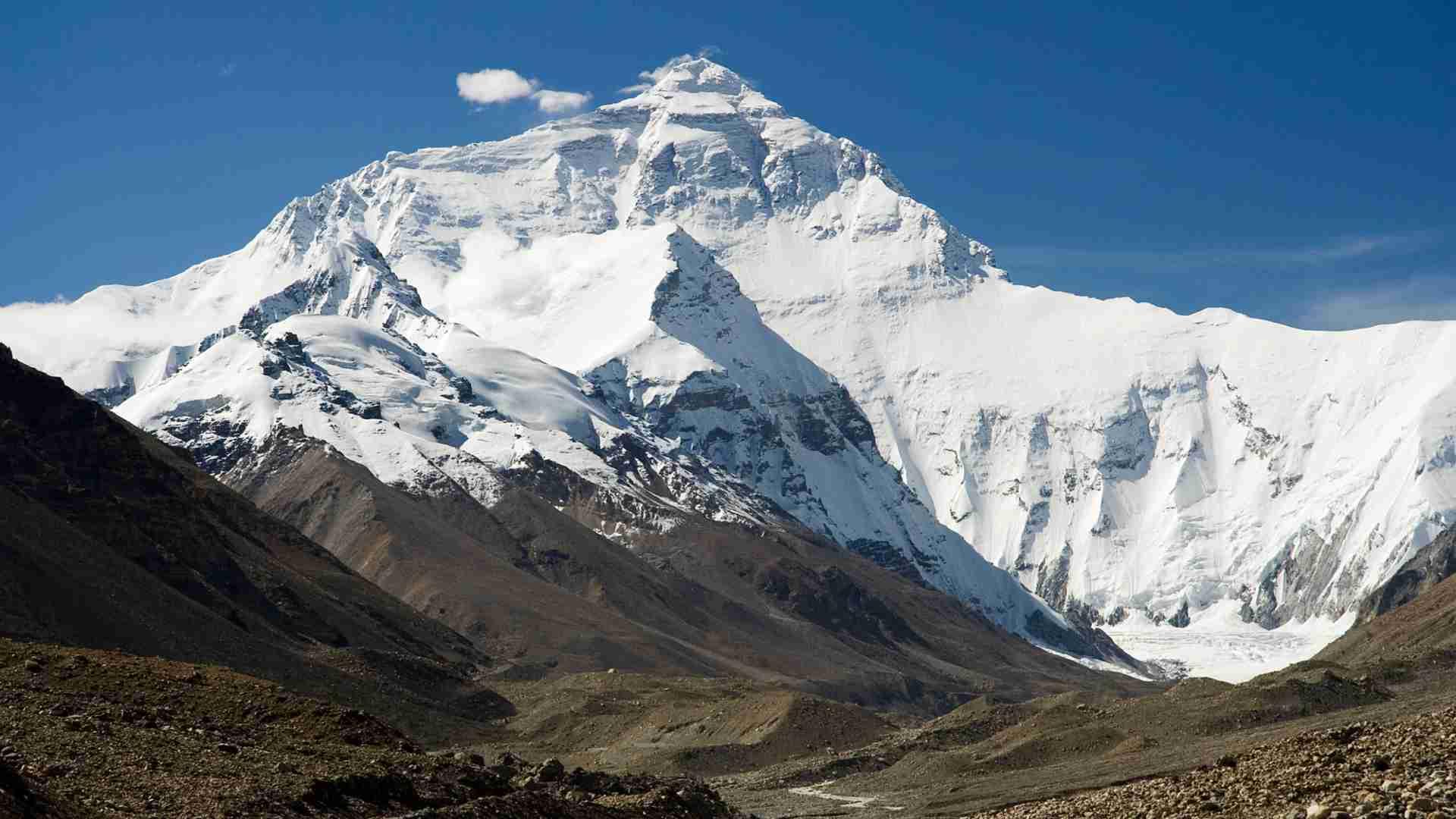
The challenges of the area and the growing interest of travelers to Mount Everest may make the accumulation of trash on the mountain an unsolvable problem.
For every piece of trash dropped on the way to the summit, it will require tireless efforts from future climbers, locals, and government agencies to get it back down. This latest mandate should hopefully reduce the amount of waste each new traveler leaves on the mountain, but doesn’t ultimately solve the issue.
